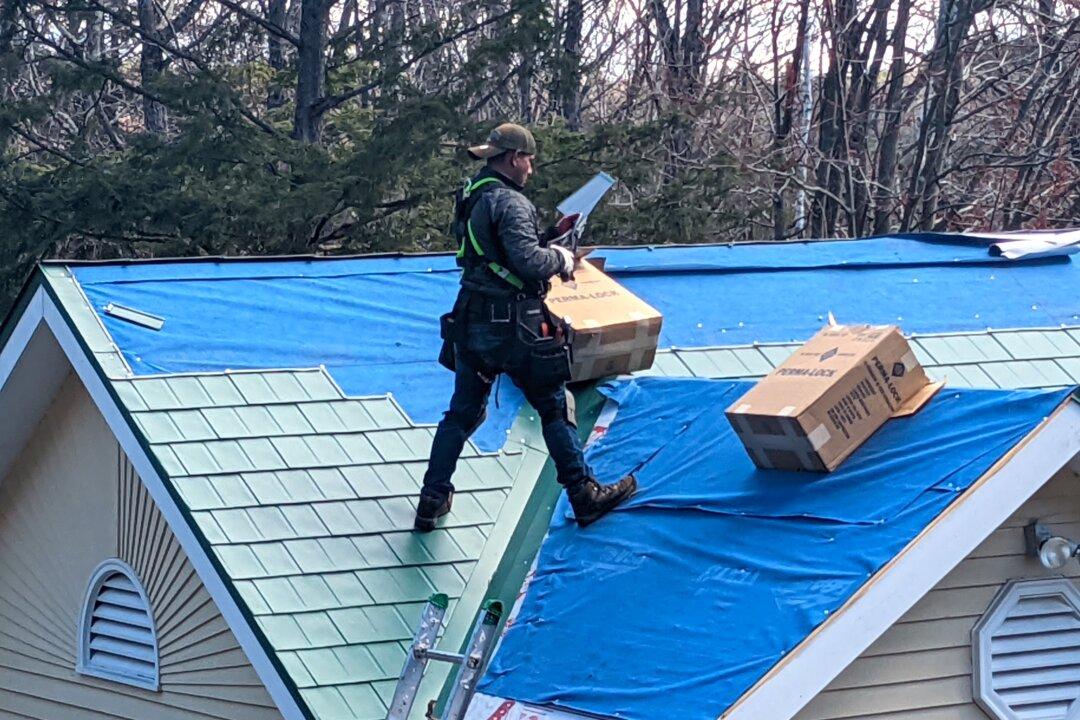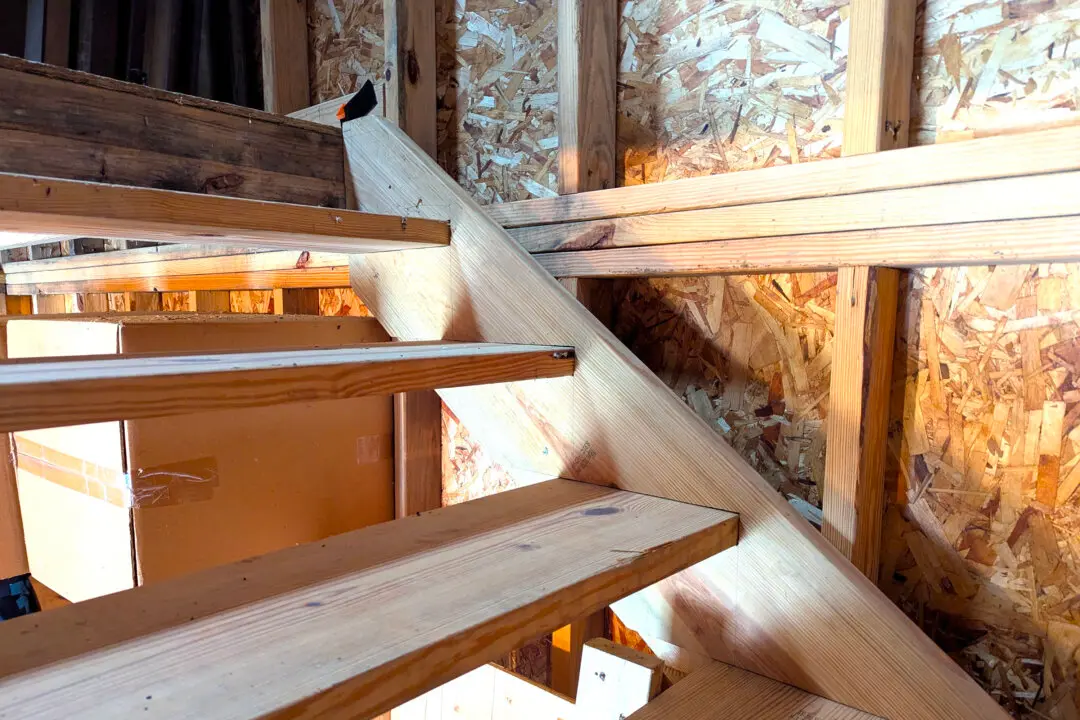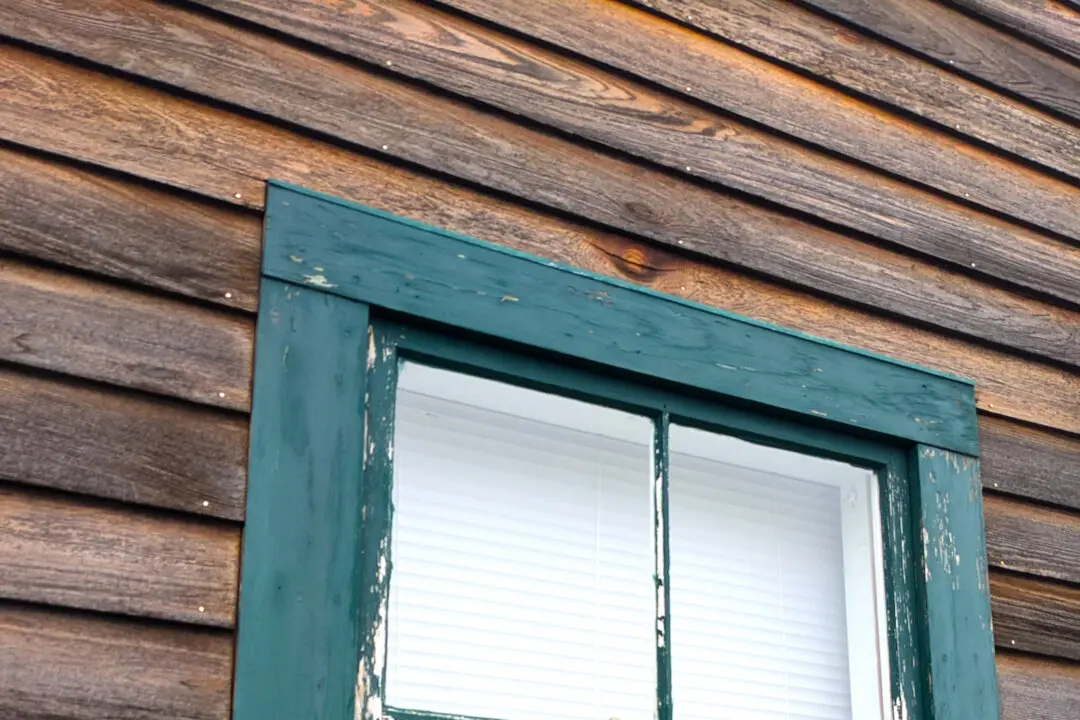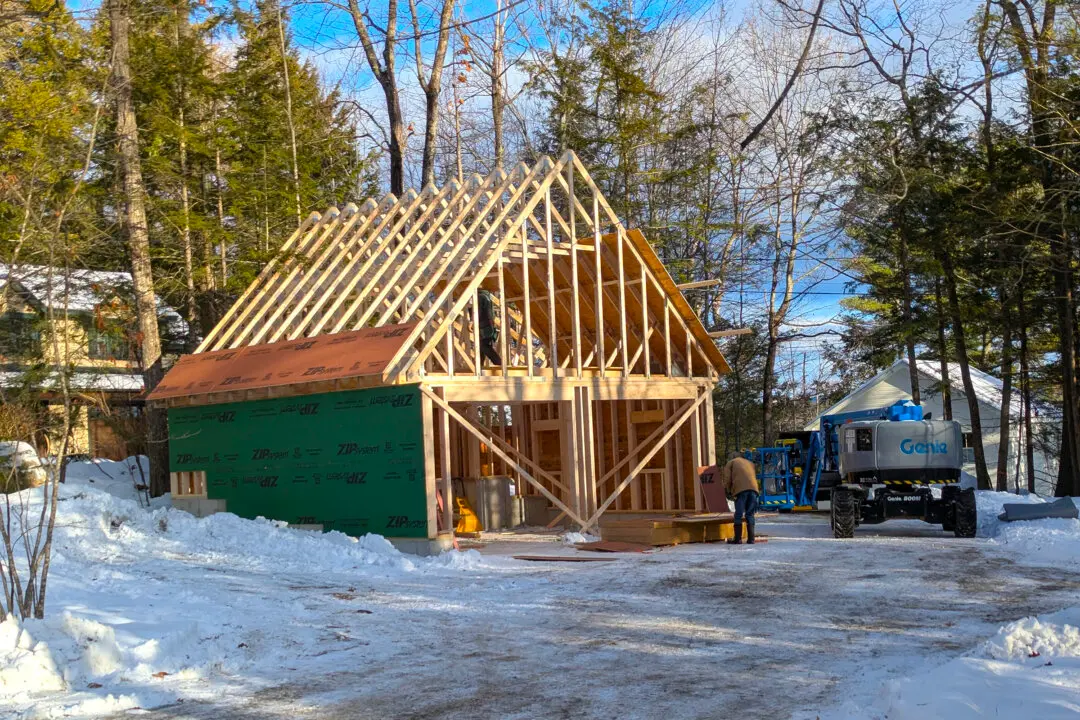My guess is you don’t spend a lot of time thinking about the roof over your head. You simply want it to be free of leaks, and if it can look good at the same time, that’s a big plus.
Have you ever wondered why asphalt shingles have been the go-to product for most houses in the United States? If you travel internationally, you might have noticed other countries don’t have the love affair with asphalt as we do. Why do you think that is?
I have quite a few subscribers to my free weekly newsletter who live in Europe. They have told me on numerous occasions that asphalt shingles are considered cheap and frowned upon. The ingrained mentality for many Europeans is that roofing materials must be extremely durable. They are expected to last for many decades.
The issue for just about everyone is money. While you may really want a stunning slate roof that may last 200 years, you can’t afford one. This is why traditional asphalt shingle manufacturers have cornered the roofing market. Asphalt is affordable and can be installed quickly keeping labor costs to a minimum.
But what if you don’t want asphalt shingles? What are your options? I kicked them to the curb when my 30-year-warranty asphalt shingles started to fail after nine years. I was so angry this happened to me that I decided to investigate. I did a national survey getting feedback from readers of my syndicated column. I quickly discovered the failure I was seeing in asphalt shingles was widespread.
This is why I wrote a book, “Roofing Ripoff,” investigating the shingle industry. It’s also why I replaced my asphalt shingles with a synthetic slate made from virgin polymer plastic. I estimate my roof might last 100 years or more.
While writing my book, I also made a surprise discovery that allows you to extend the life of your asphalt shingles by decades. More on that in a moment.
I’m seeing significant growth in the metal roofing category. A neighbor of mine just installed a new metal roof that looks very nice. Each shingle is made from painted aluminum. This roof could last for hundreds of years, as aluminum is very resistant to corrosion in central New Hampshire. If you’re attracted to aluminum roofing and live near the ocean or a sea, you better make sure it has a special coating to prevent corrosion.
No matter what roofing material you choose to use, I beg you to invest the time to read the installation instructions of the product before you talk to roofing contractors. These instructions are not hard to understand. Many manufacturers have good how-to-install videos you can watch.
I’m not asking you to do this thinking you’ll be installing the roofing. I’m suggesting this because you need to understand how to make sure your new roof doesn’t leak. Based on my 40-plus years of installing roofs and doing autopsies over the phone with homeowners like you, I’d say that 95% of all roof leaks happen at or near roof flashings. A flashing is a transitional roofing material that connects a roof to something that’s not a roof. You can discover much more about flashings here: https://GO.askthebuilder.com/flashings.
Once you understand how roof flashing should be installed, you increase the odds of your No. 1 goal of having a leak-proof roof. For example, you can watch my detailed step-by-step video of how a plumbing vent pipe flashing should be installed. Watch it here: https://GO.askthebuilder.com/flashingvideo.
I show you in the video the best flashing to use, as the common one used my many roofers has an inferior rubber seal that cracks and splits after several years of exposure to ultraviolet light.
Now, about that discovery I alluded to earlier: It could collectively save homeowners like you hundreds of millions of dollars over time. Based upon exhaustive research of scientific journals, I felt that I was the first person in the world to uncover the fact that copper atoms bond to asphalt molecules and prevent crosslinking.
When too many asphalt molecules crosslink — oxygen from the air encourages this — the asphalt becomes stiff and brittle. This is why asphalt shingles curl and why they lose their ability to hold onto the ceramic granules that cover shingles.
Active photons in the sun’s ultraviolet rays blast copper atoms from solid copper. These copper ions wash down the roof, bonding with the asphalt and preventing the crosslinking. For that reason, it’s best to put about 9 or 12 inches of exposed copper up on top of side of your roof.
Each time it rains, the copper atoms broken off by the photons wash down onto the asphalt allowing them to link to the asphalt. If your asphalt shingles are in very good condition, you can add the copper and get the same benefit.





